HDMI Copper vs. Fiber; The Need For Speed in the 4K Era
November 29,2017
By: Bob RapoportNovember 28, 20174K Video, Audio Industry, Blu-ray Music, HDMI DACs, HDMI Fiber Optics Cables, Hi Res Audio
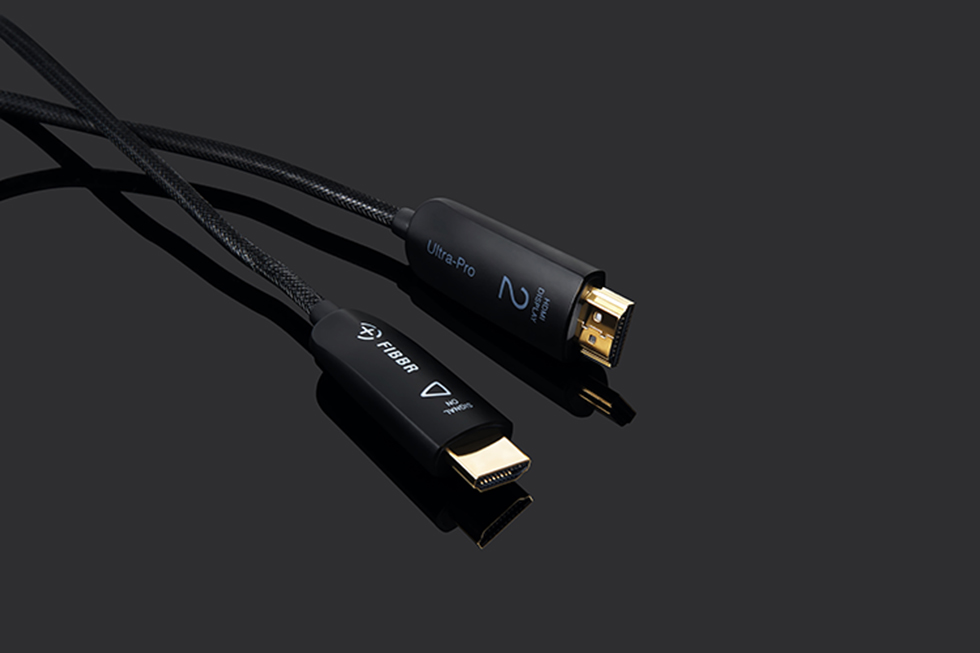
I have exciting news to share about a new line of HDMI fiber optic cables called FīBBR TECH (pronounced “fiber”). It hit all my check-boxes in this category; Certified by ISF, the only brand in the category worthy of that prestigious honor so far; Best of CEDIA 2017 award from AVSForums, well known for their rigorous performance tests, and most importantly, high reliability in the field at spec. The most noticeable thing about this category is that at least half of the brands fail to meet spec. You have to do your due diligence before you buy any 4K HDMI cable, copper or fiber.
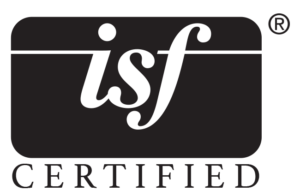
Essence For Hi Res Audio is now selling the Ultra Pro Series from FīBBR TECH and I’m excited to share my thoughts on this subject This is the old debate; copper vs fiber, which is better and why? How far is too far on copper? Is fiber worth the extra money? 10 years ago I pioneered the PureLink HDMI fiber optic extenders for uncompressed 1080p at distances up to a mile. Large scale 1080p deployments, from digital signage on the Vegas Strip and in Manhattan, to command and control centers and broadcast networks, fiber optic was and continues to be standard procedure for those long runs. Professionals choose fiber over copper, its standard practice because copper wont work.
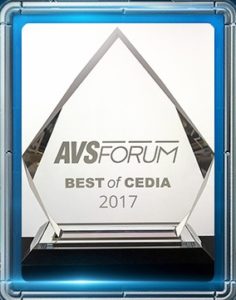
2017 will be remembered for, among other things, the emergence of 4K + HDR / Dolby Vision with WCG (Wide Color Gamut) video with native 24/96K Hi Res Audio soundtracks. Data-rich content has increased dramatically. My post today is about whether using a copper HDMI cable of any length still makes sense or if it’s finally time to adopt HDMI fiber optics for all 4K sources regardless of the length. The price for fiber optics has come down so its an option to consider when you buy your new 4K TV. If you want the best 4K experience for your home theater or gaming system, fiber is the way to go for very good technical reasons.
In the previous generation of High Def video, the highest resolution was 1080p. When we tested HDMI copper cables using the benchmark Eye Pattern Test, we discovered that HDMI over copper at 1080p collapsed the eye at 33 ft. resulting in a black screen with no picture. For distances above 30 feet, fiber optic connections became the standard for the best performance. Distances under 33 ft were able to use copper and get decent results. Does that mean the same is true for 4K content today? The answer is emphatically NO, the point of failure is half of the old standard because there’s 4 times more data traveling at a much faster rate of speed, 18 Gbps.
HDMI copper cables are rated for their impedance; the least expensive versions are 27 ohms, the medium priced are 24 ohms, and the most expensive high speed copper cables are rated for 21 ohms impedance and selling for the highest prices. Impedance is also known as “resistance”, a measure of how much the signal is impeded from reaching its destination intact. Anybody with an earlier generation projector or display learned long ago that fiber was required for long distance transmission. Now its time for everybody to open their minds to connecting their 4K Blu-ray player to their display by fiber optic, regardless of the distance.
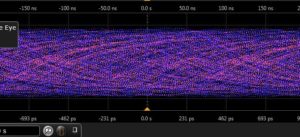
HDMI Copper @ 33 ft.
The question we have to ask is, what percentage of the picture was lost at shorter distances and how did it effect the viewing experience? In other words, when did the degradation begin to set in? The answer will surprise you. Using un-compressed native 1080p signals, at 10 ft 15% of the data was lost through attenuation, at 20 ft, 50% was lost, and by 33 ft, it was all lost. The picture appeared on screen but it was not a one-to-one copy of the original signal. Latency (delay) became noticeable at 15 ft too, a delay that often causes bad lip sync.
Copper is prone to EMI, electromagnetic interference. Stray EMI in our homes is rampant from all our wireless devices and copper cables pick it up like an antenna. This interference is seen as noise in the picture, a grainy effect that’s not present in the original content. When you see a side-by-side comparison of copper vs fiber at as little as 5 ft distance, the effects of resistance and noise are clearly distinguishable. If you’re fussy about things like this like I am, you want to get it right. At 16-20 feet on today’s highest speed rated 4K HDMI copper cable the picture fails completely, you see the black screen of death; it shows 50% attenuation and grain at 8-10 ft, 25% attenuation and grain at 5 ft. The old myth that copper is OK for HDMI as long as it’s a short run is a false and mis-leading narrative. It may have been true in the last generation 1080p era but not now, those days are really over. You get a “less than optimal” picture at short distance on copper, not true to the original.
Some brands use Active HDMI copper cables adding in an amplifier that boosts the degraded signal further. Beware of these, they add distance without improving the picture and run out of gas themselves, usually within 100 ft.
So lets look at the Eye Pattern Tests, they reveal a lot. The rule of thumb is, if there’s no eye, there’s no picture. The top panel is comprised of well-known name brand high quality 4K,18 Gbps copper HDMI cables at various short to moderate distances. They all fail above 20 ft. You see even at short distances, the eye is compressed, reduced in size, thats what lost data looks like. You can see the 10 ft cable is almost out of gas, the 6.6 ft cable’s image is half gone, and at distances beyond 20 feet, its hopeless.
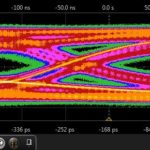
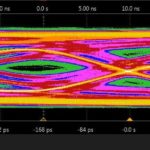
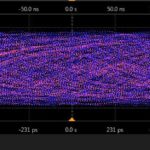

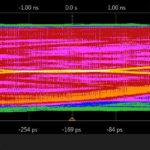
HDMI Copper 4K @ 6.6 ft. HDMI Copper 4K @ 9.9 ft. HDMI Copper @ 33 ft. HDMI Copper @ 66 ft. HDMI Copper @ 66 ft.
And now lets look at Ultra Pro HDMI Fiber Optic Series by FīBBR TECH in similar tests:
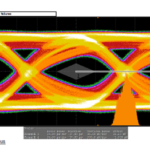

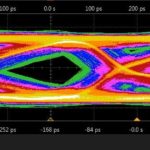
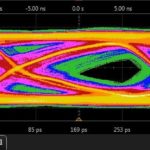
FiBBR TECH HDMI Fiber @ 5 ft. FiBBR TECH HDMI Fiber @ 33 ft. FiBBR TECH HDMI Fiber @ 66 ft. FiBBR TECH HDMI Fiber @ 99 ft.
Fiber Optics have no impedance or resistance because they use glass fibers to transmit the audio and video signals at the speed of light. The result is no signal loss, a clean, vivid eye pattern at all distances. If bandwidth and data speed are the issue, fiber wins hands down, nothing’s faster than the speed of light, there’s no attenuation or latency. Fiber is also immune to EMI, no copper antenna to pick up those signals that add grain to the picture. Movies and Concerts always look their best, Hi Res Audio is sublime, the added clarity and resolution enhance the gaming experience too. It’s amazing what the right 5 ft cable can do.
Starting at $139.99 for the 5 ft. Ultra Pro HDMI 4K Fiber Optic cable, the line provides a wide array of lengths all the way to 165 ft. Take the next step with your 4K video system, step up to fiber optic transmission between your 4K sources and display or between your sources, audio system and your display. The cost of entry is finally down to earth and just in time for the holidays. Treat yourself to some fiber for Christmas, it’s the best upgrade you can make right now.
4K early adopters and HDACC II-4K owners take note, I’m talking to you guys.



 CN
CN




 Back to list
Back to list America
America fibbr@everprotech.com
fibbr@everprotech.com



